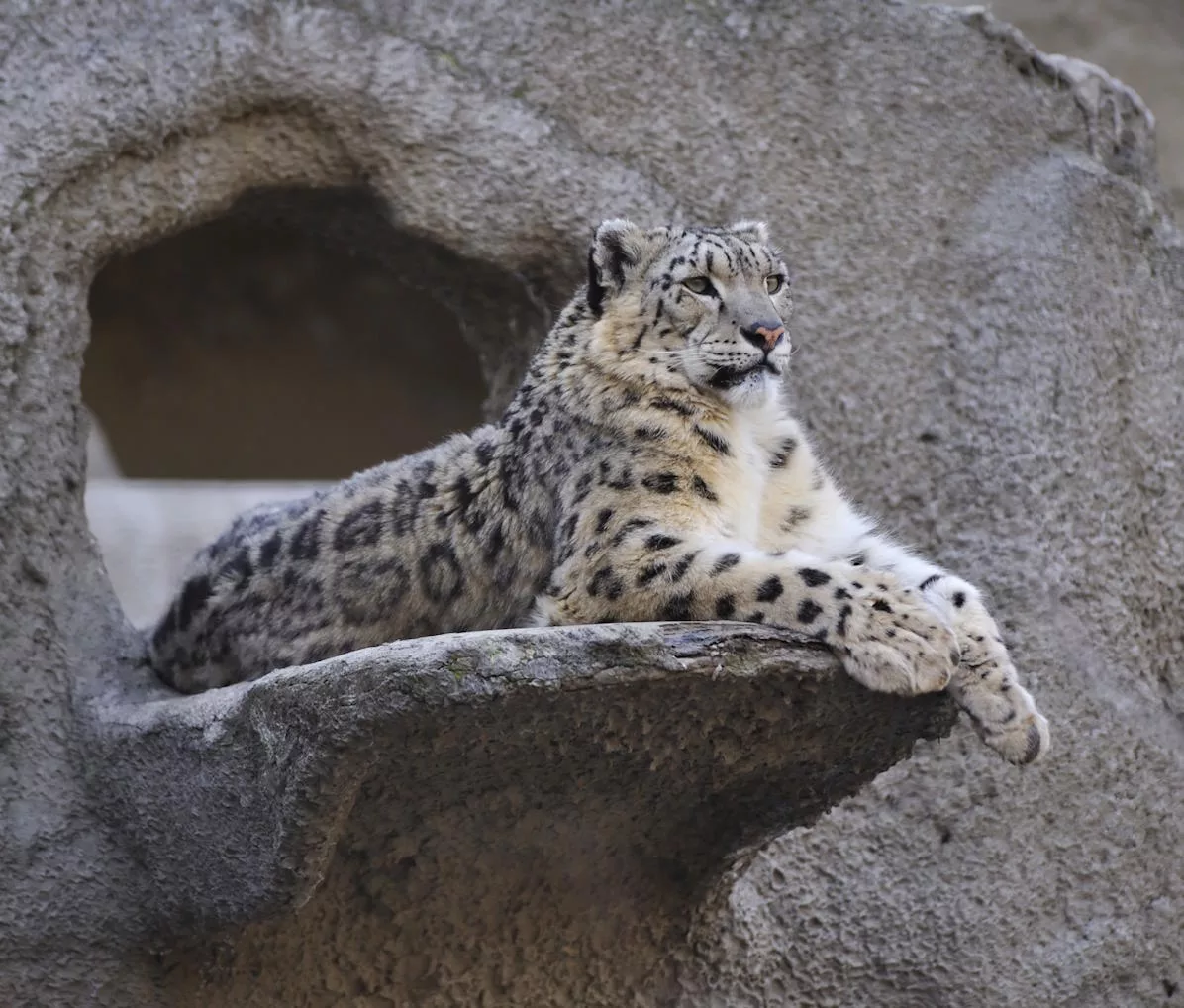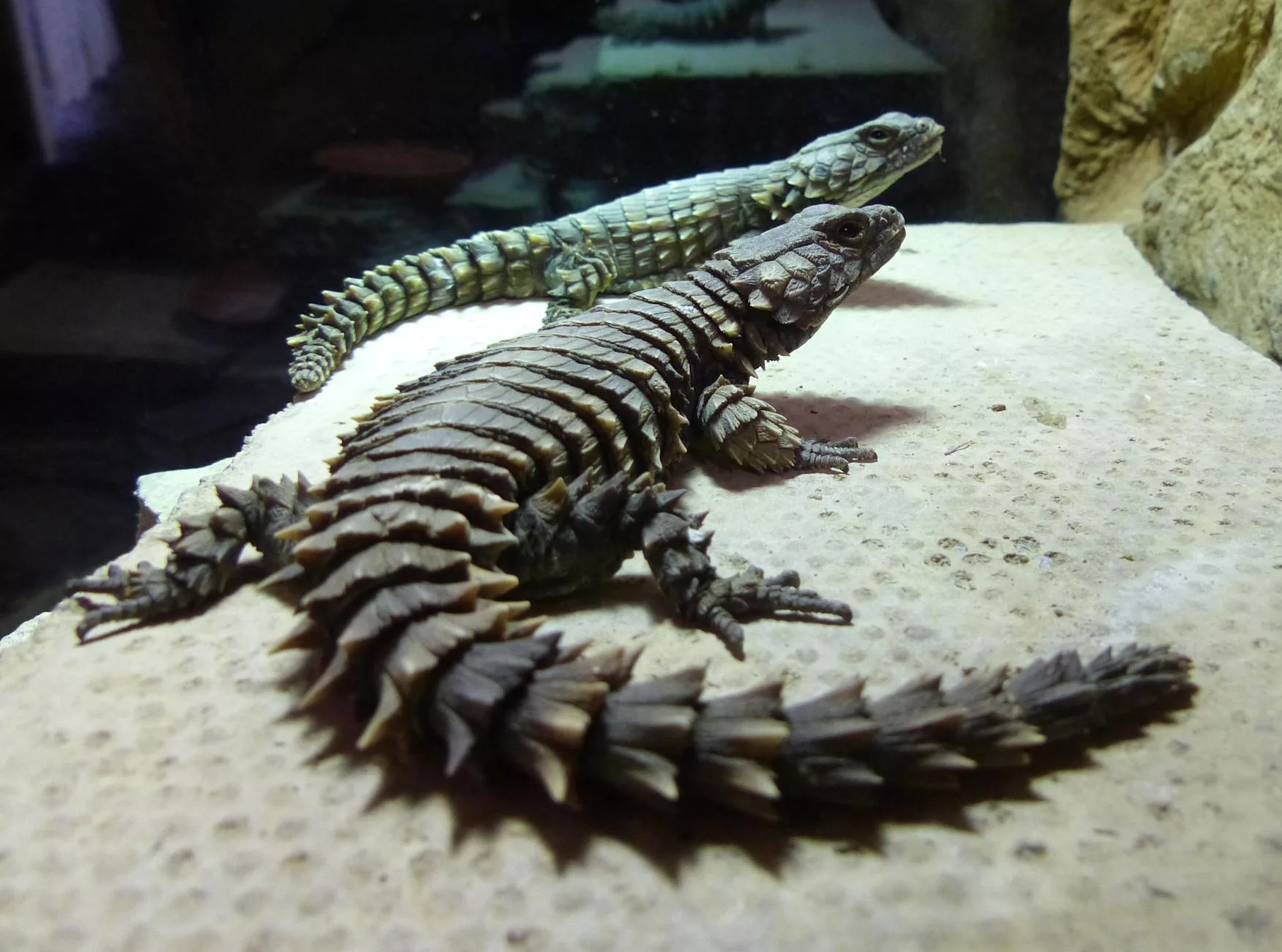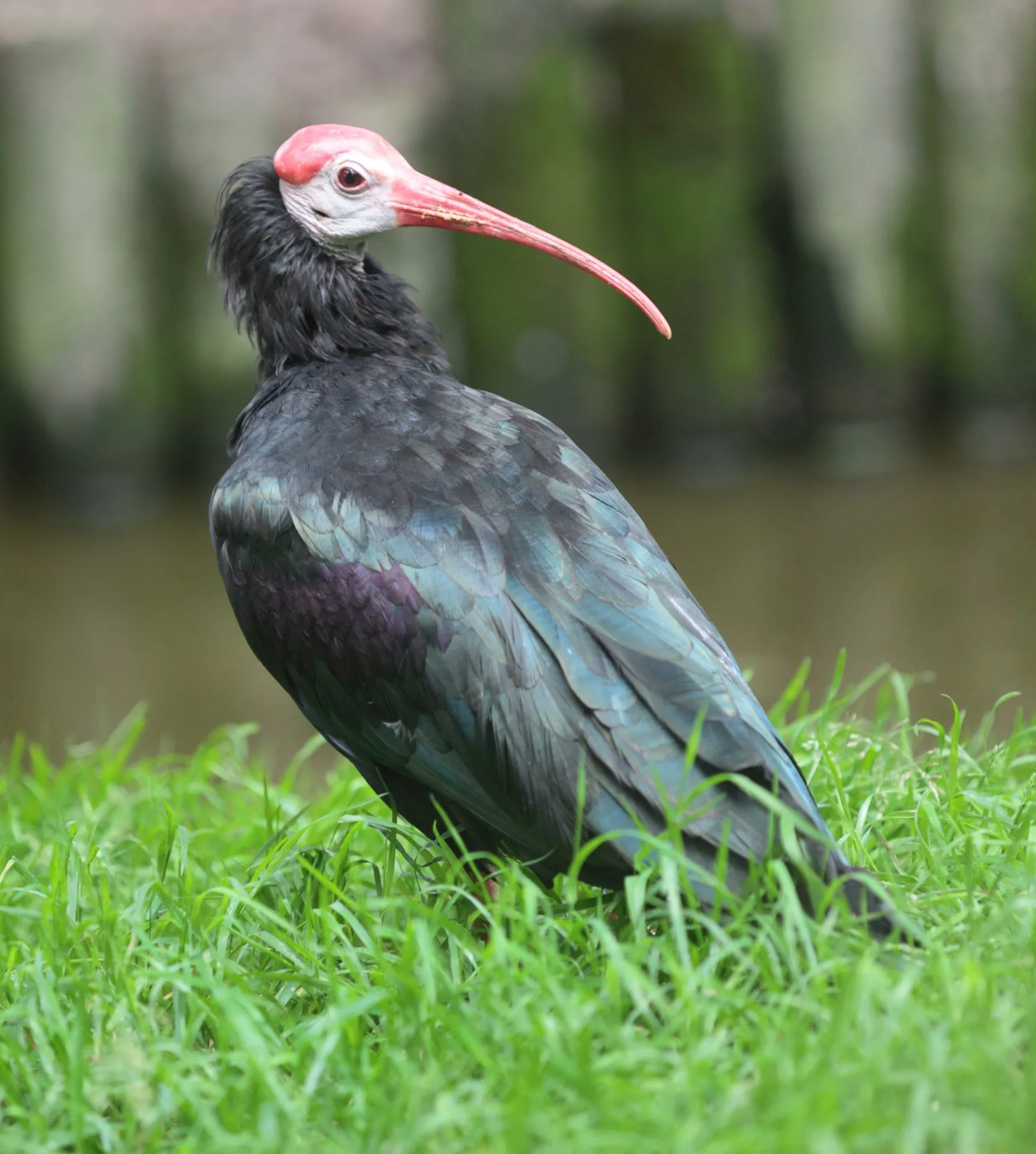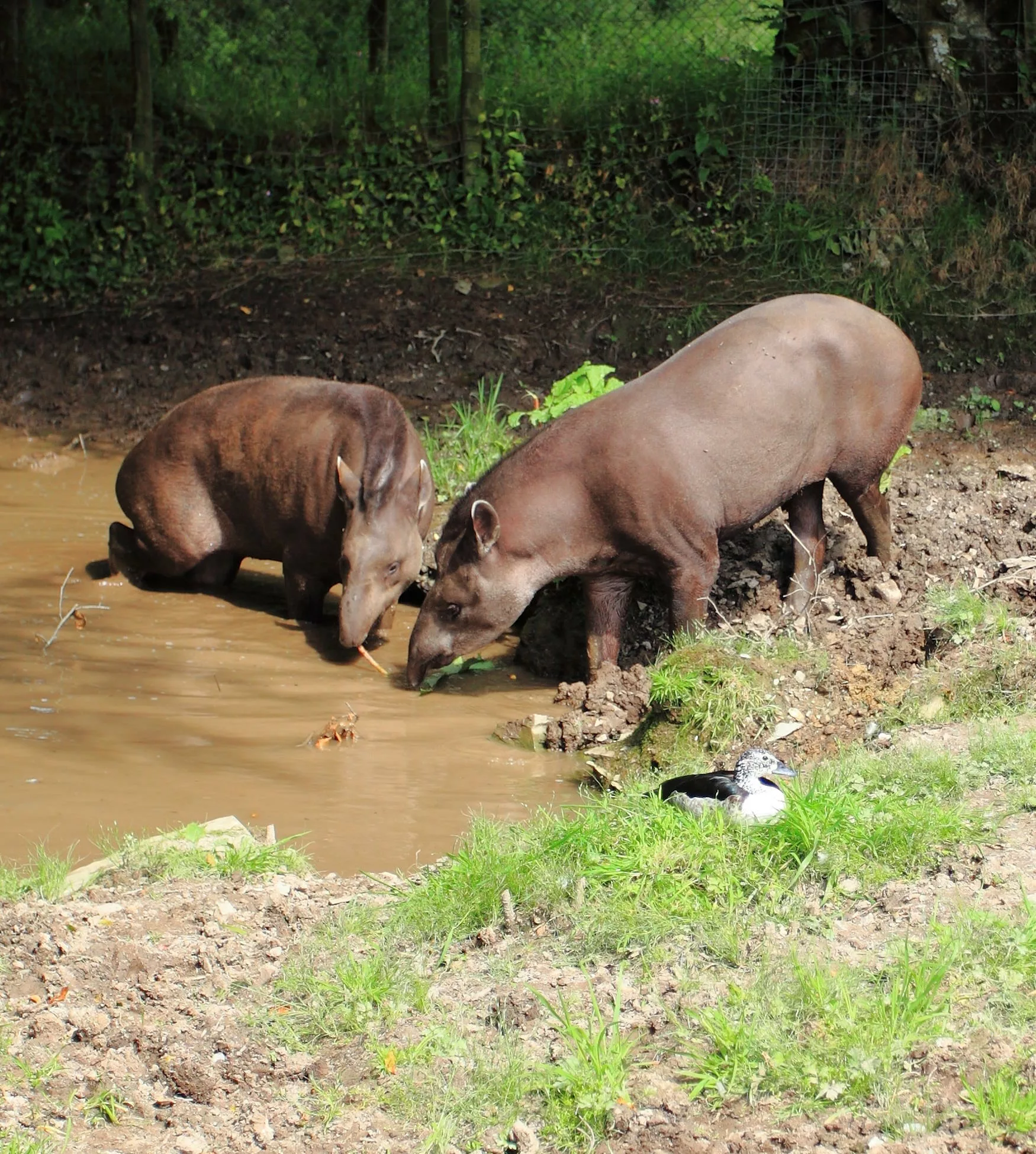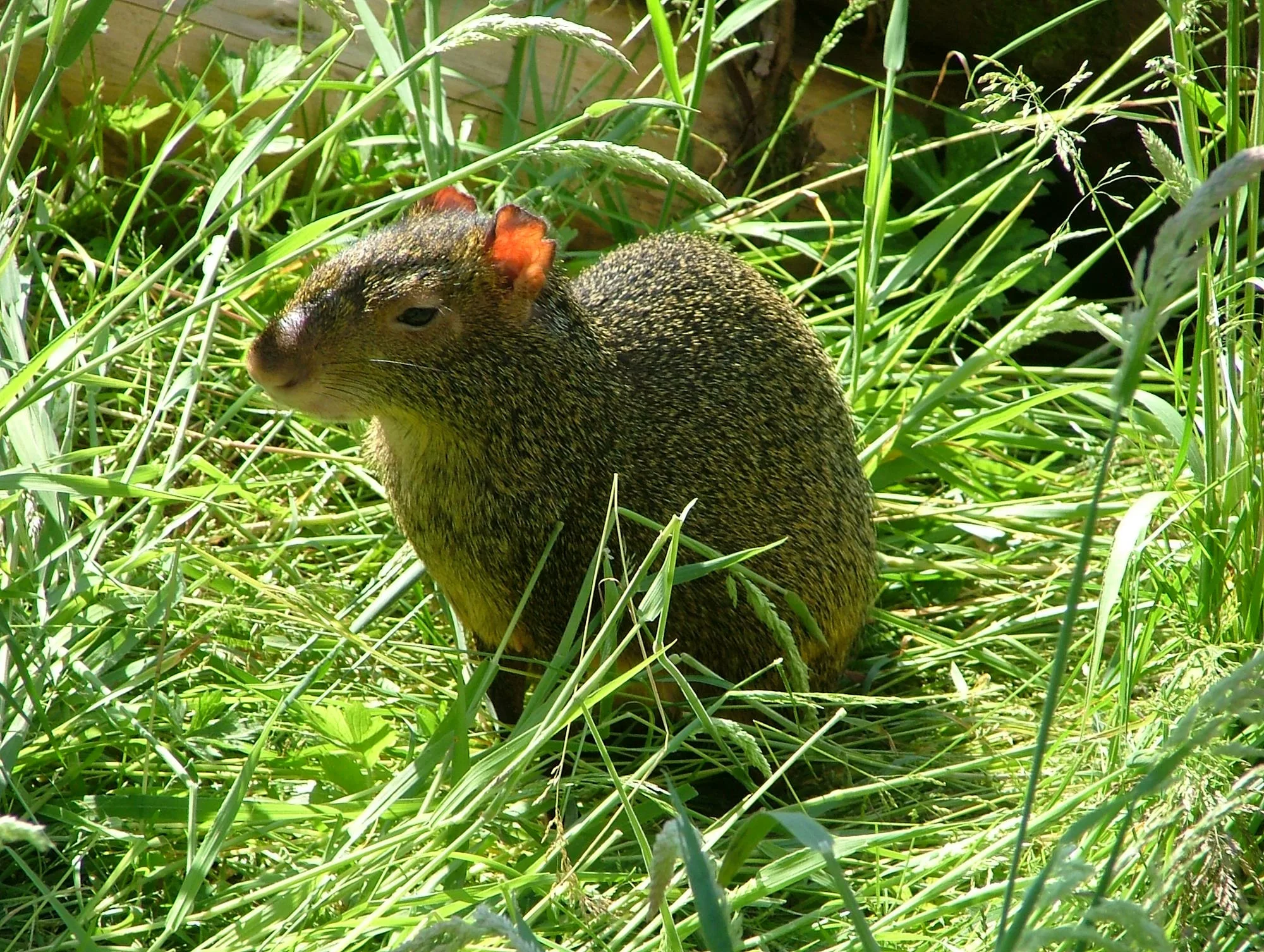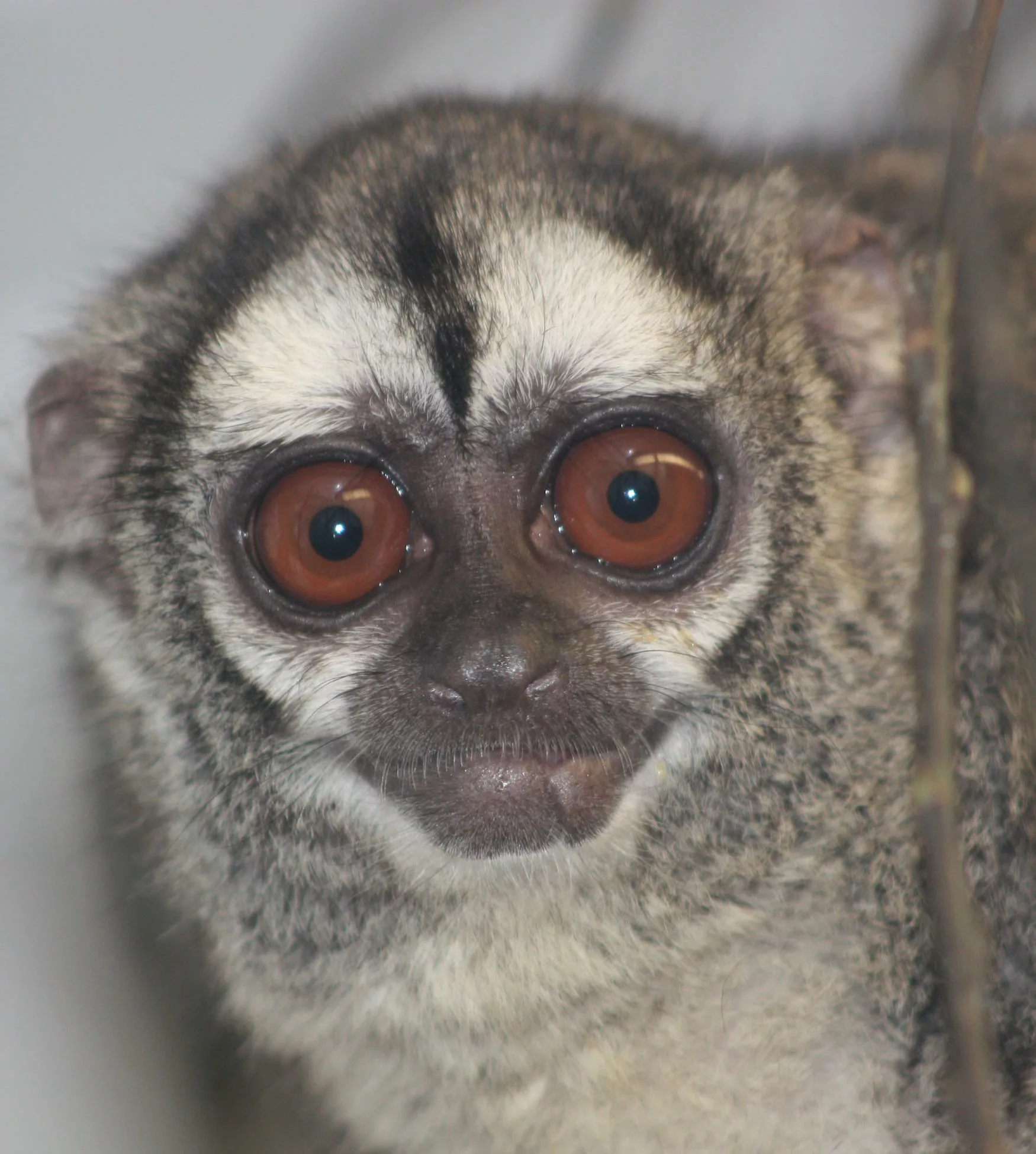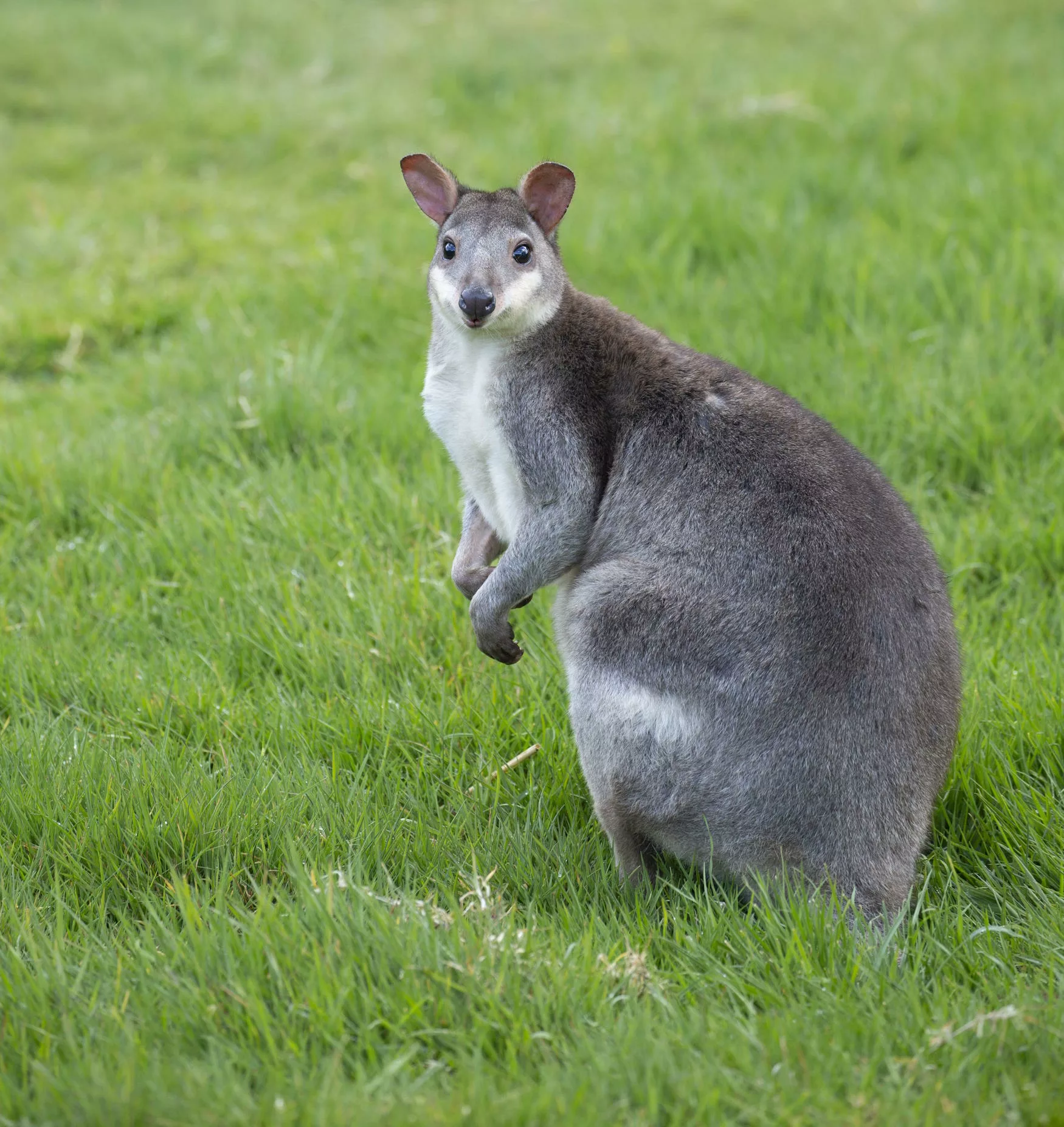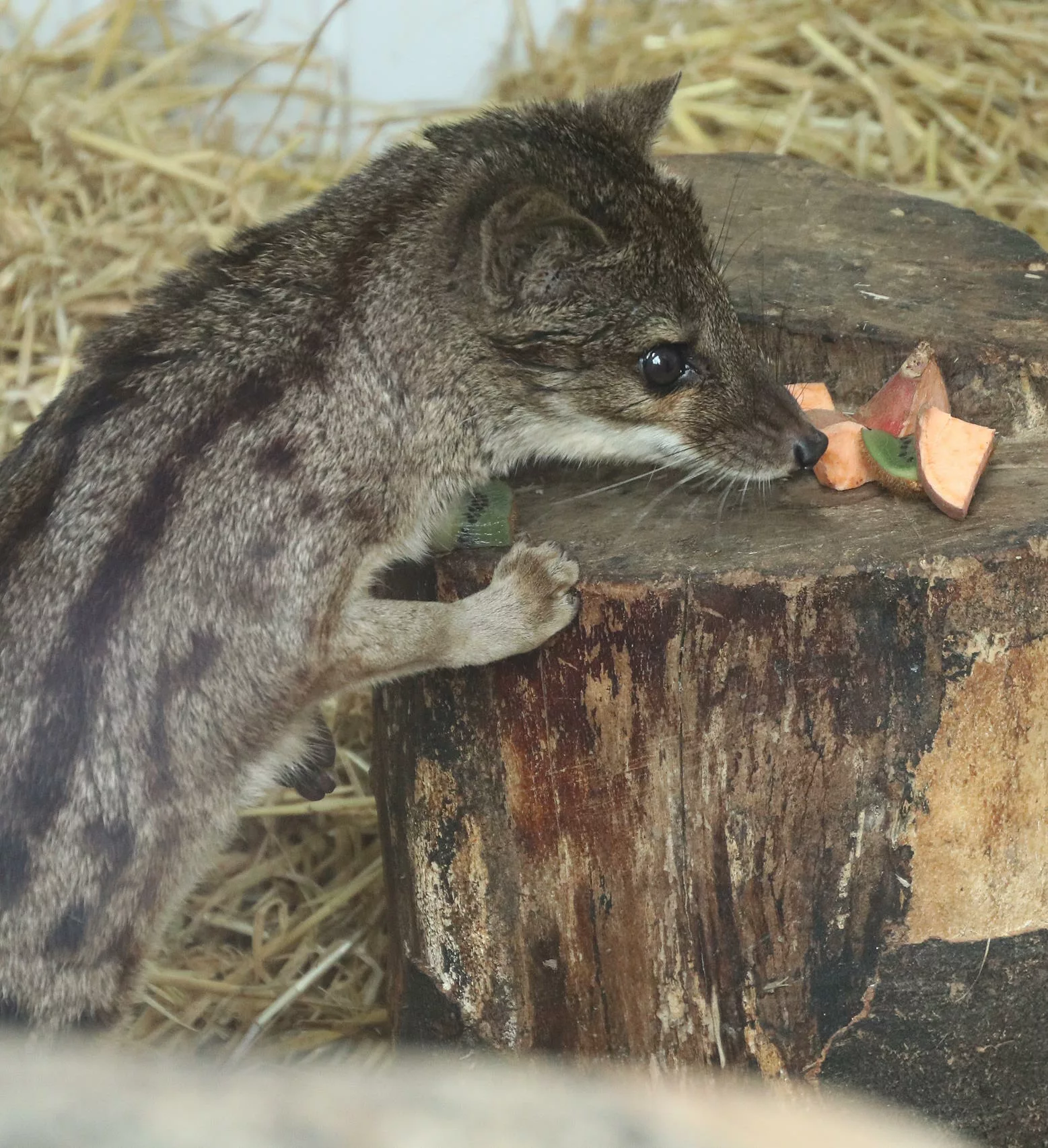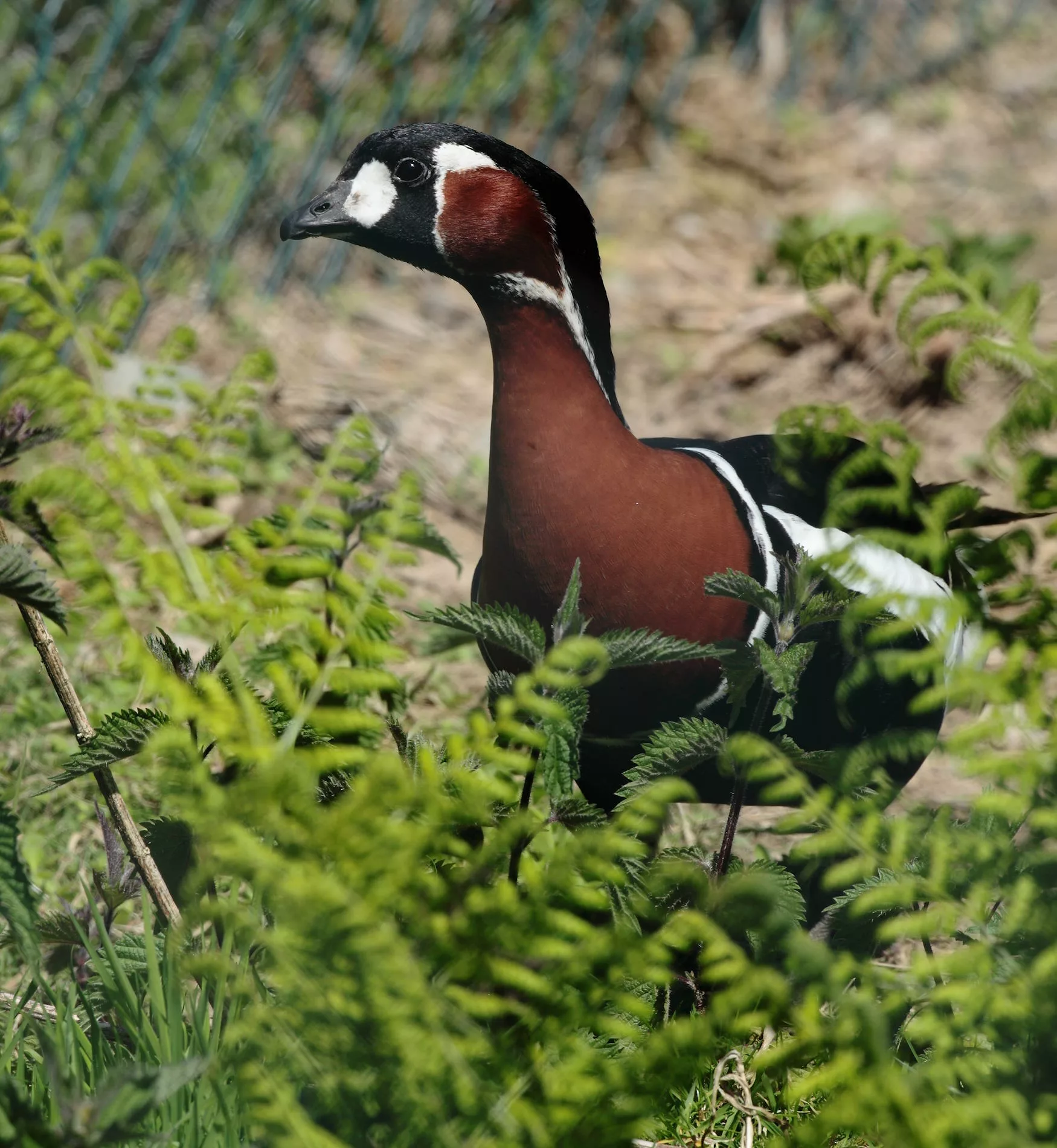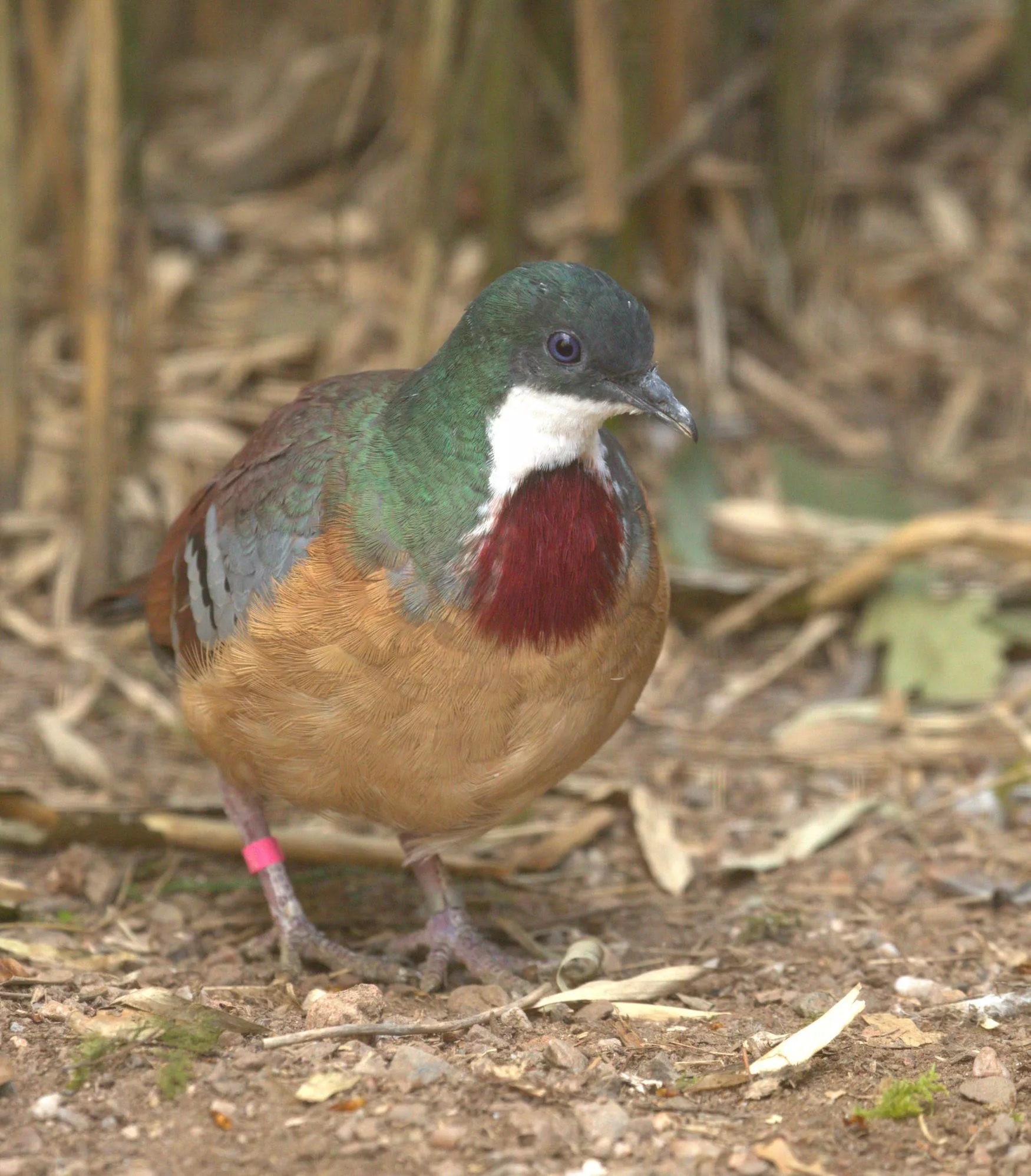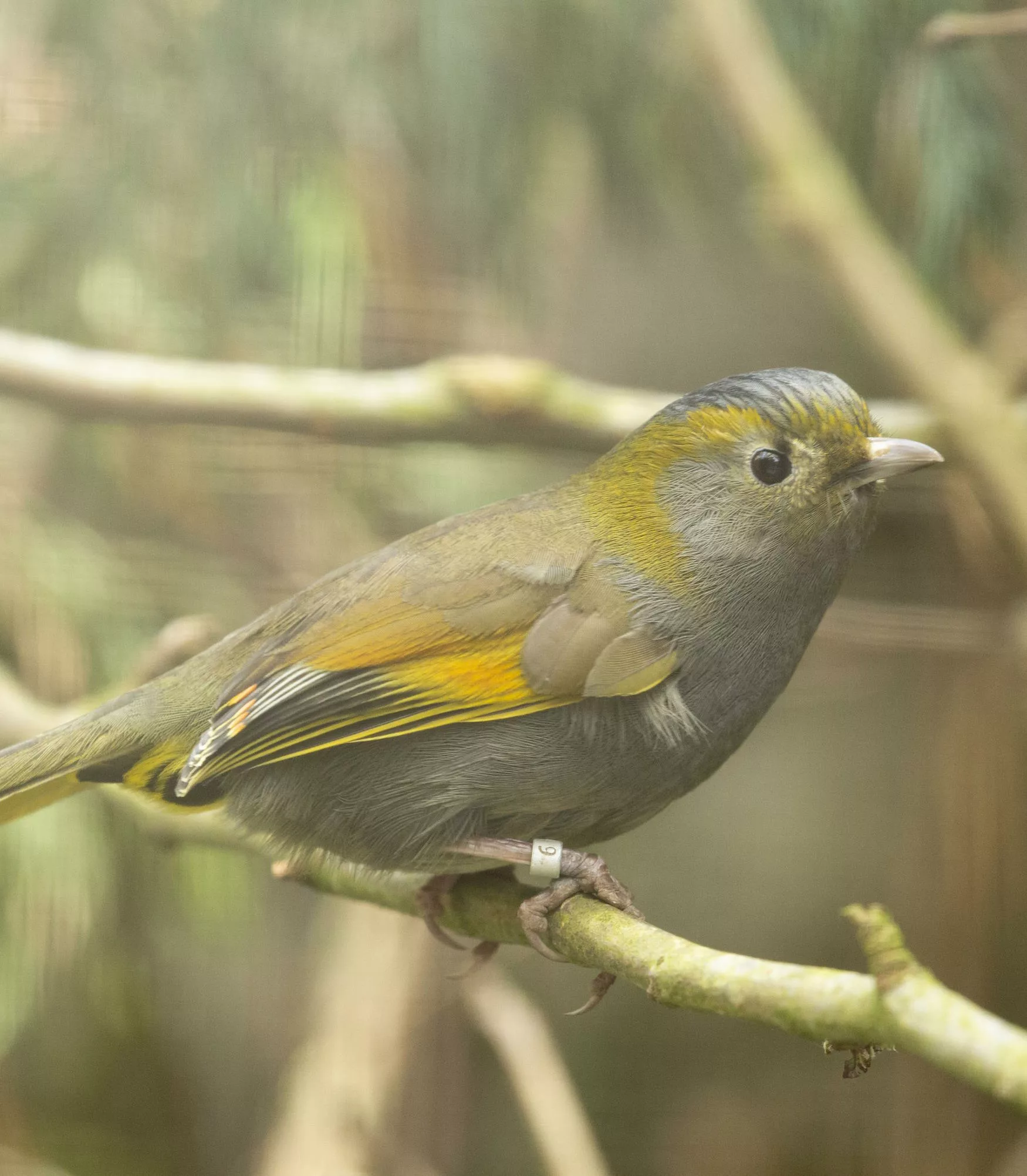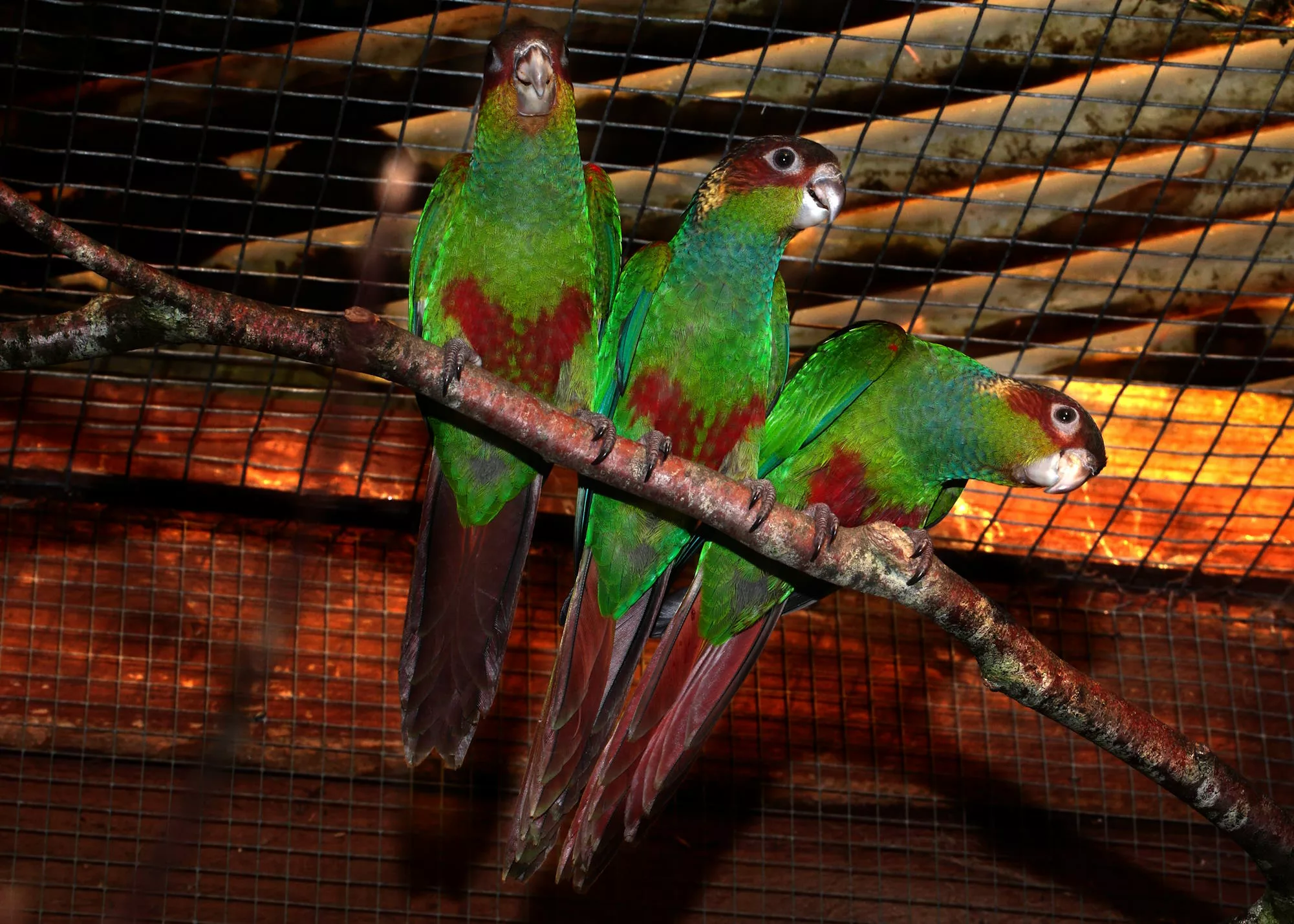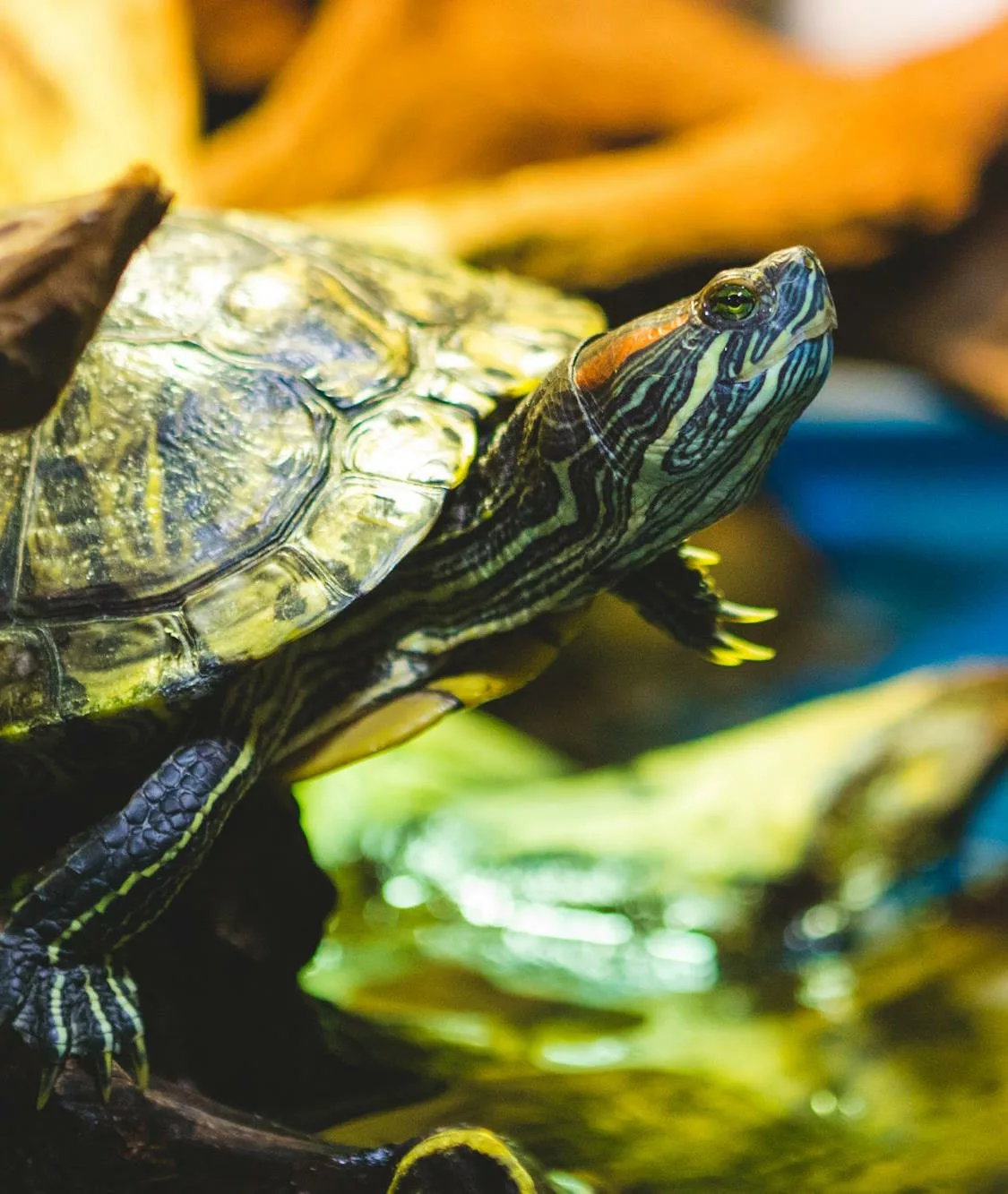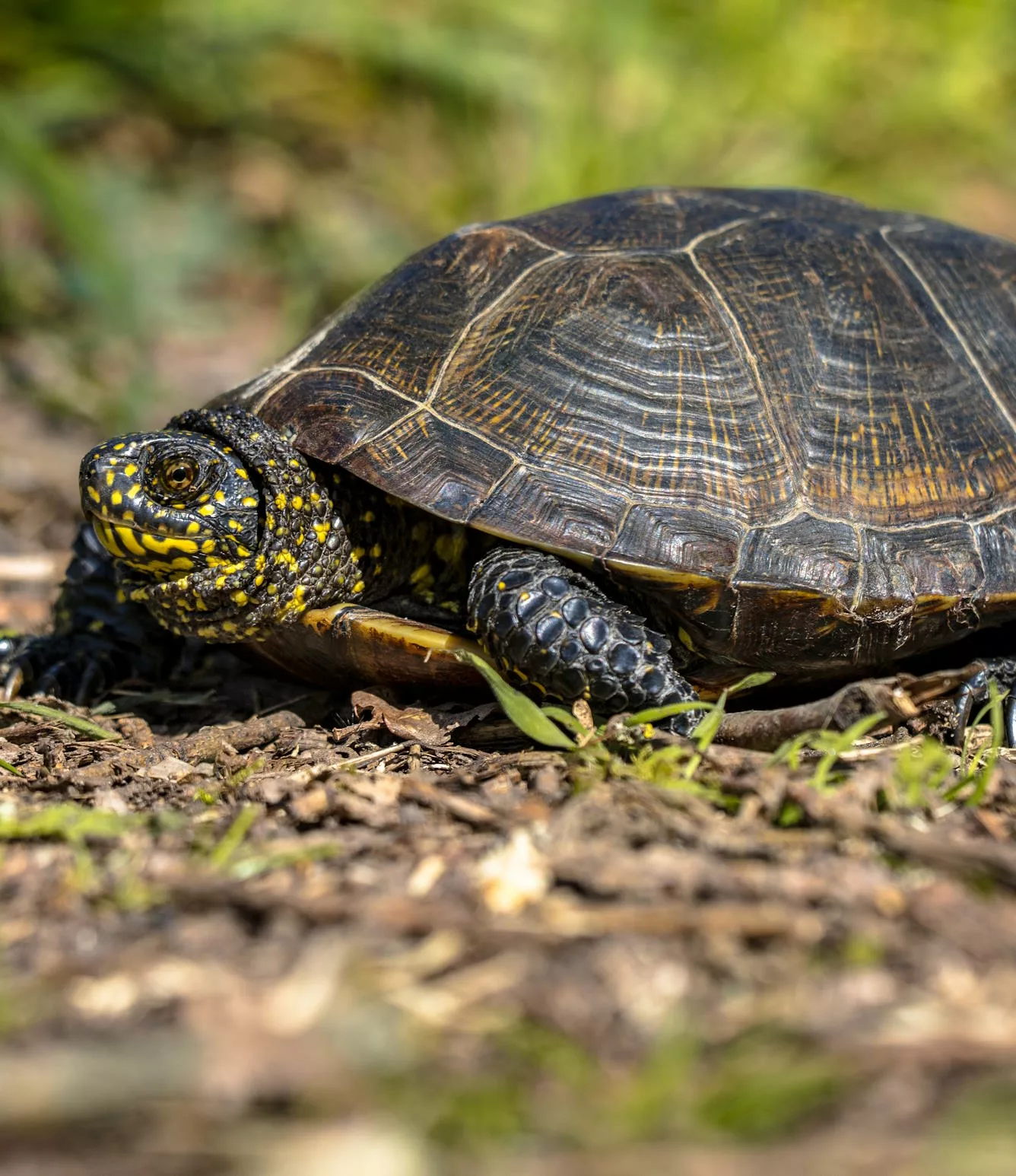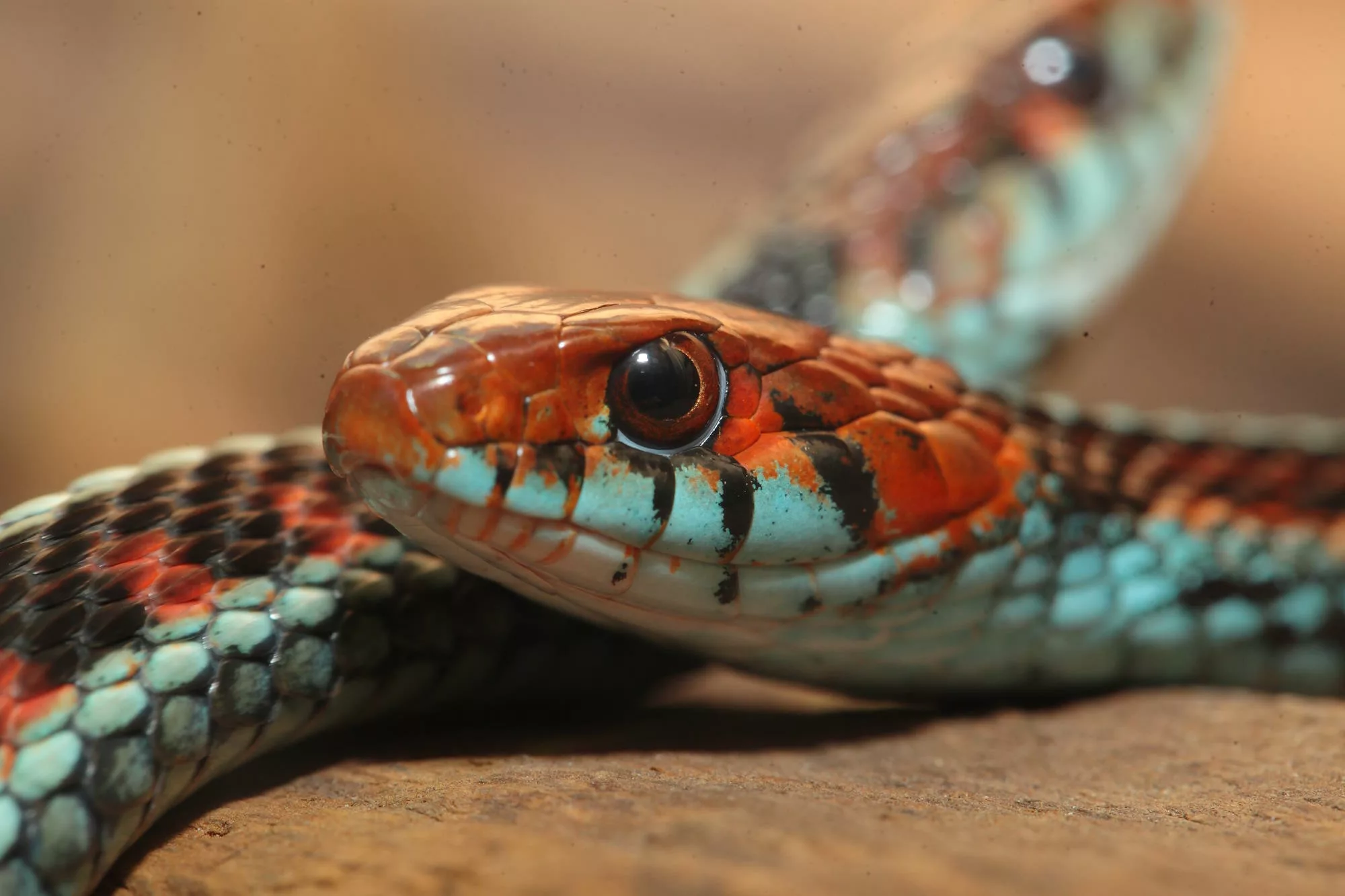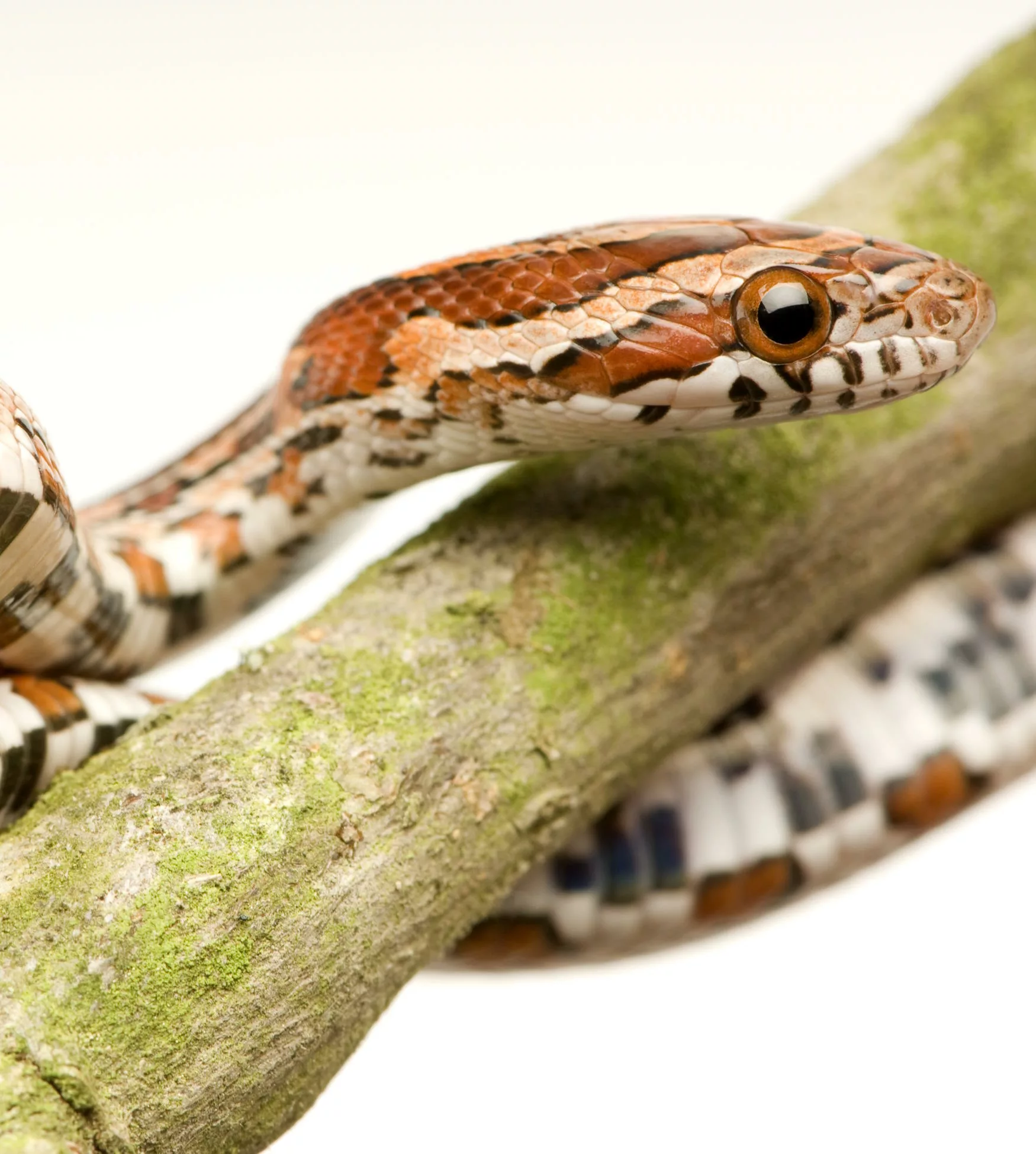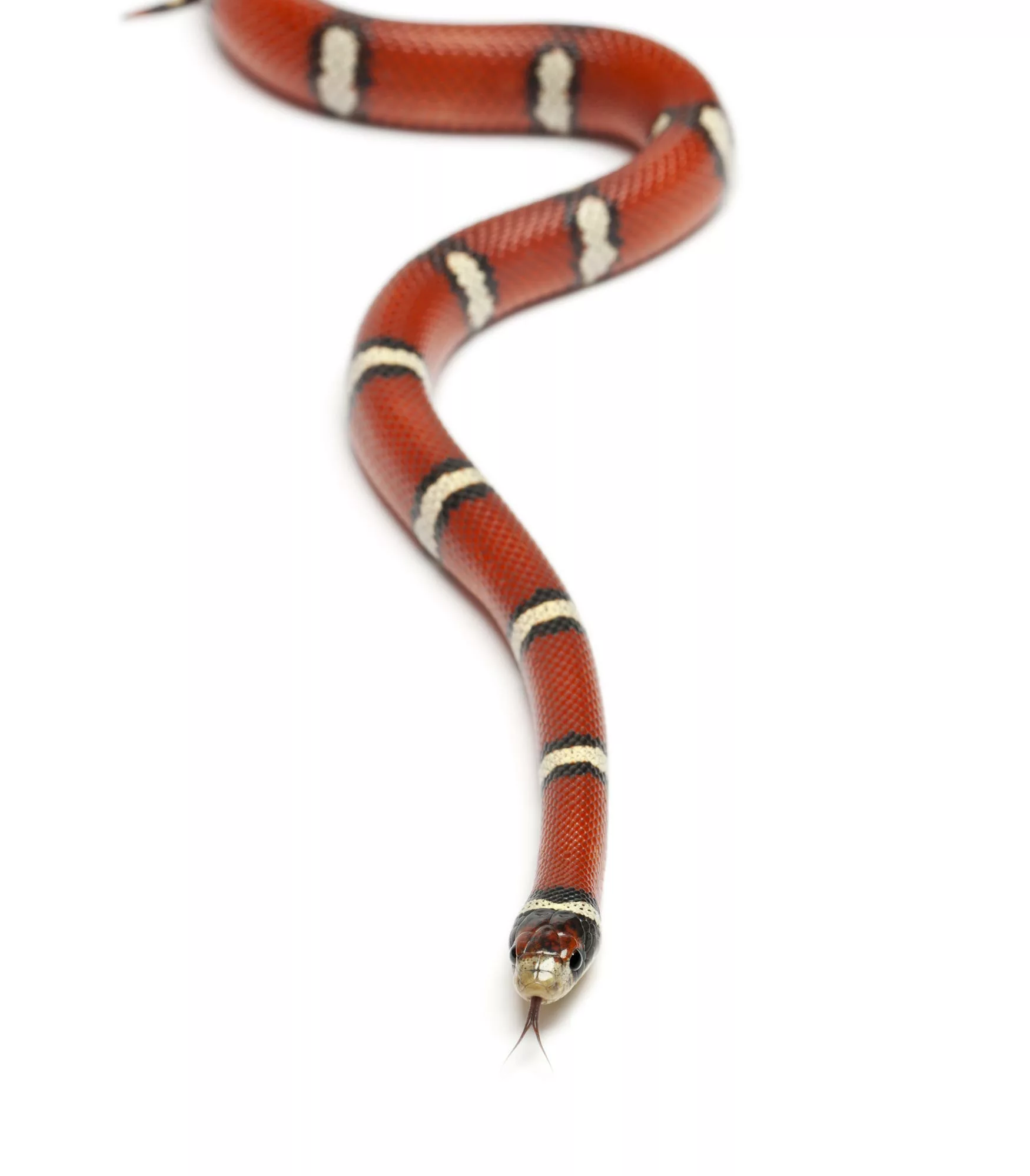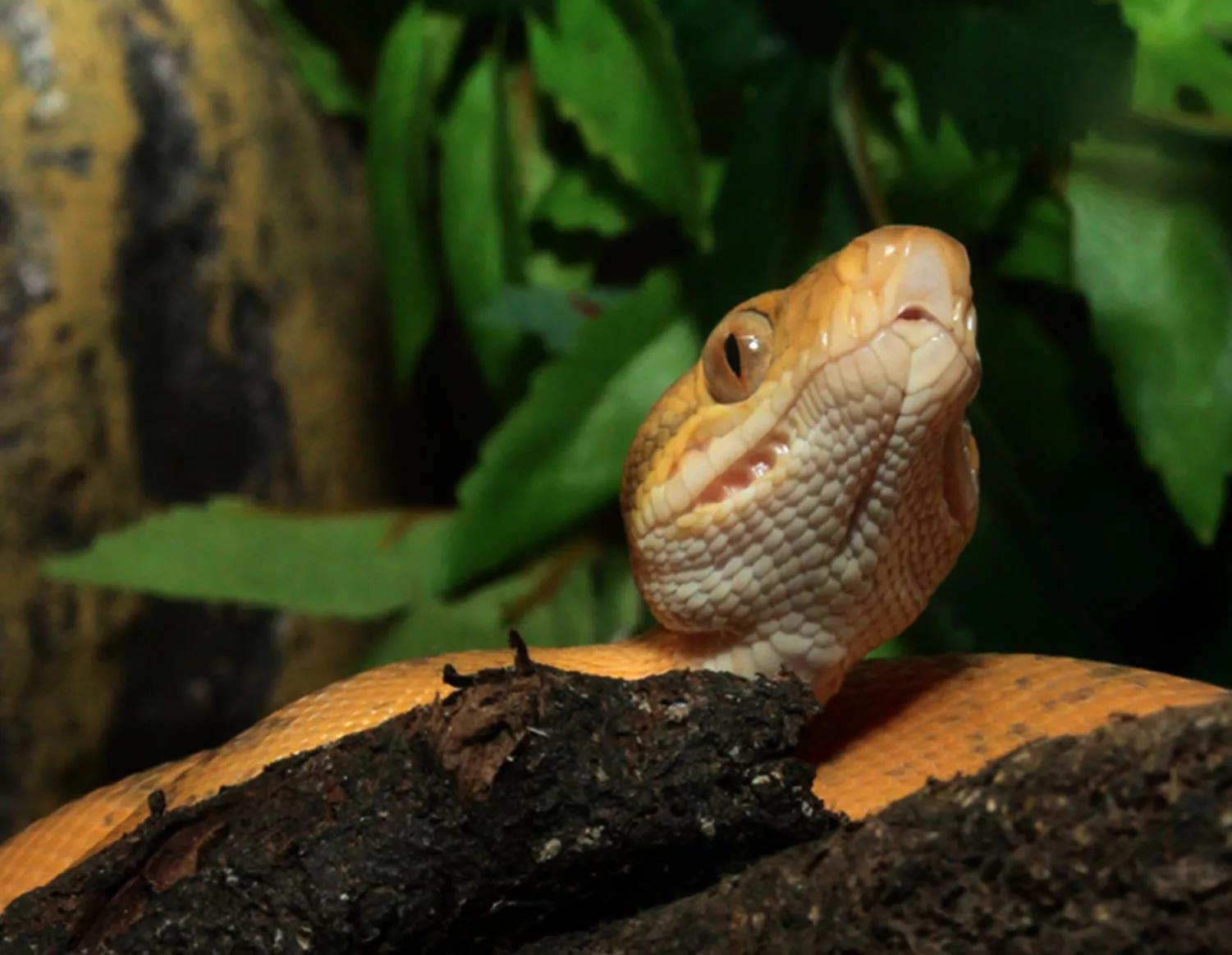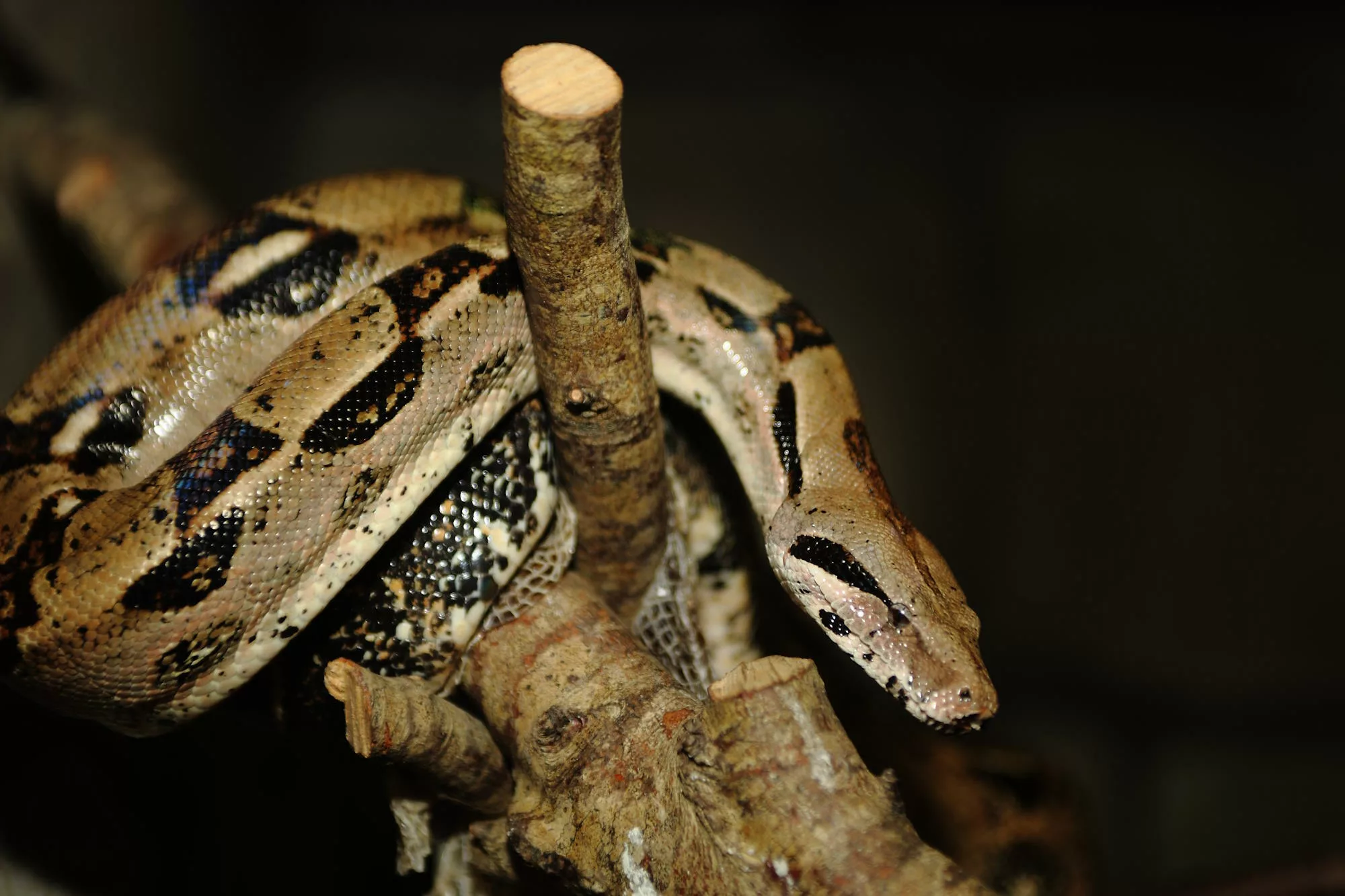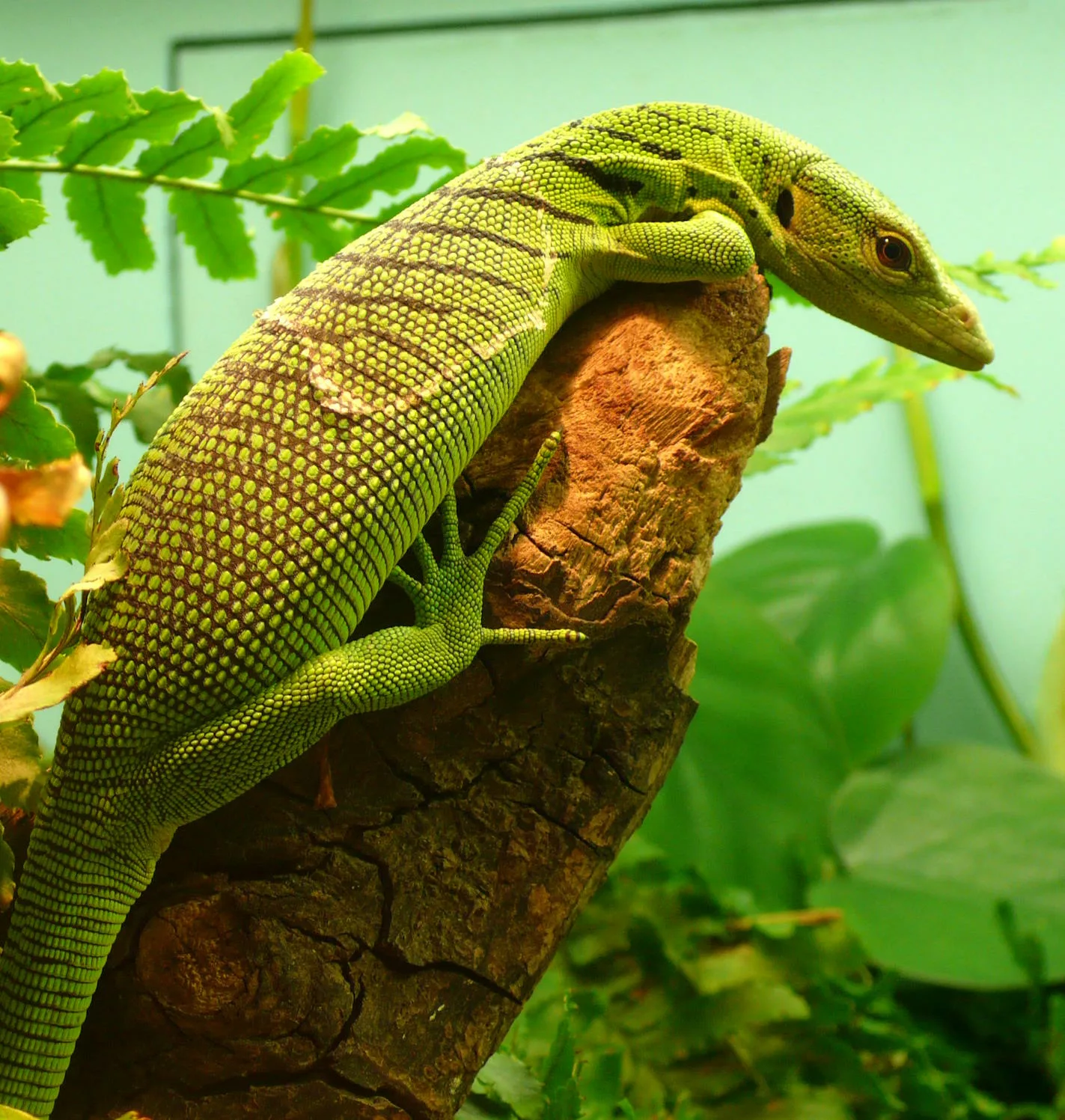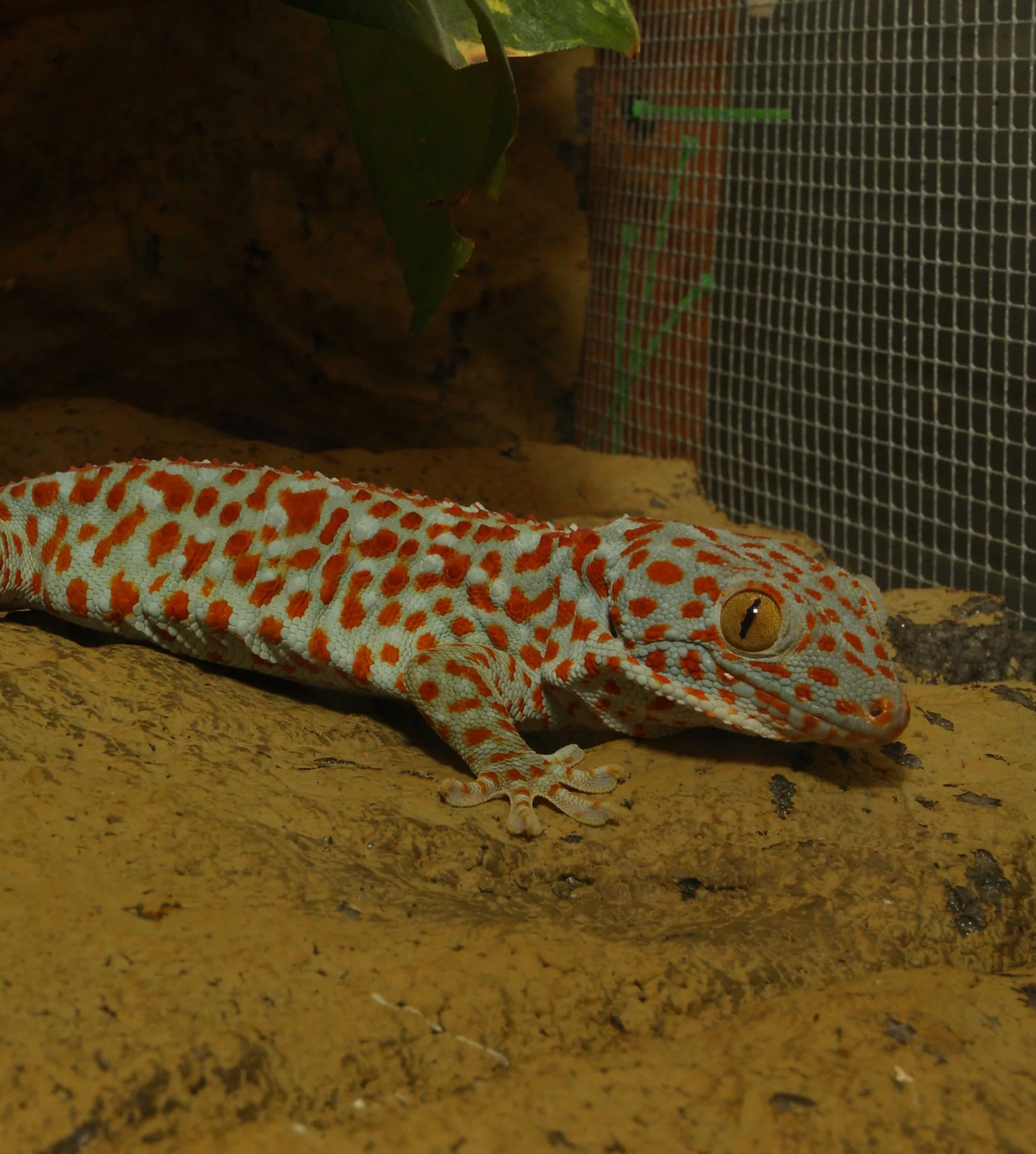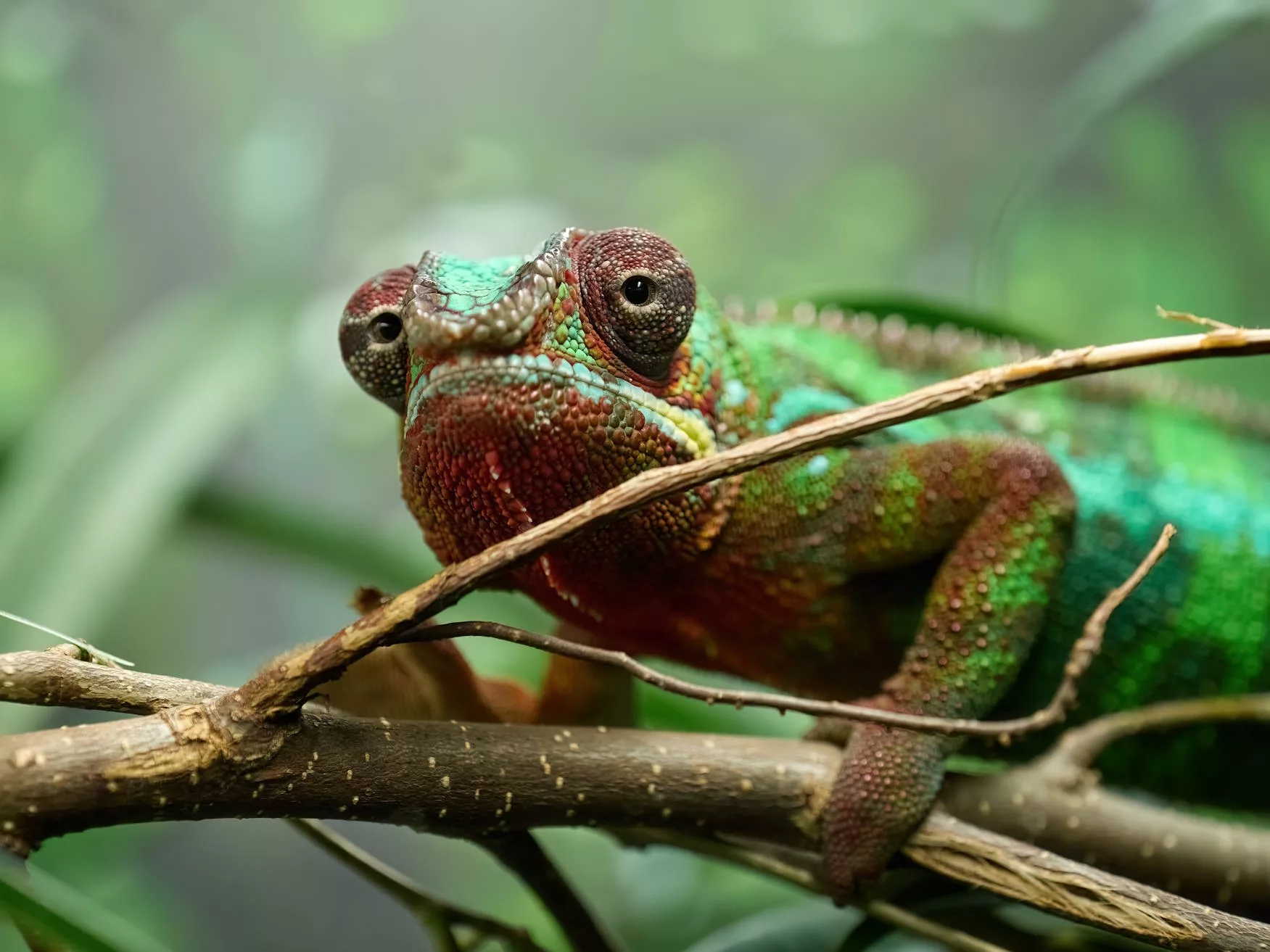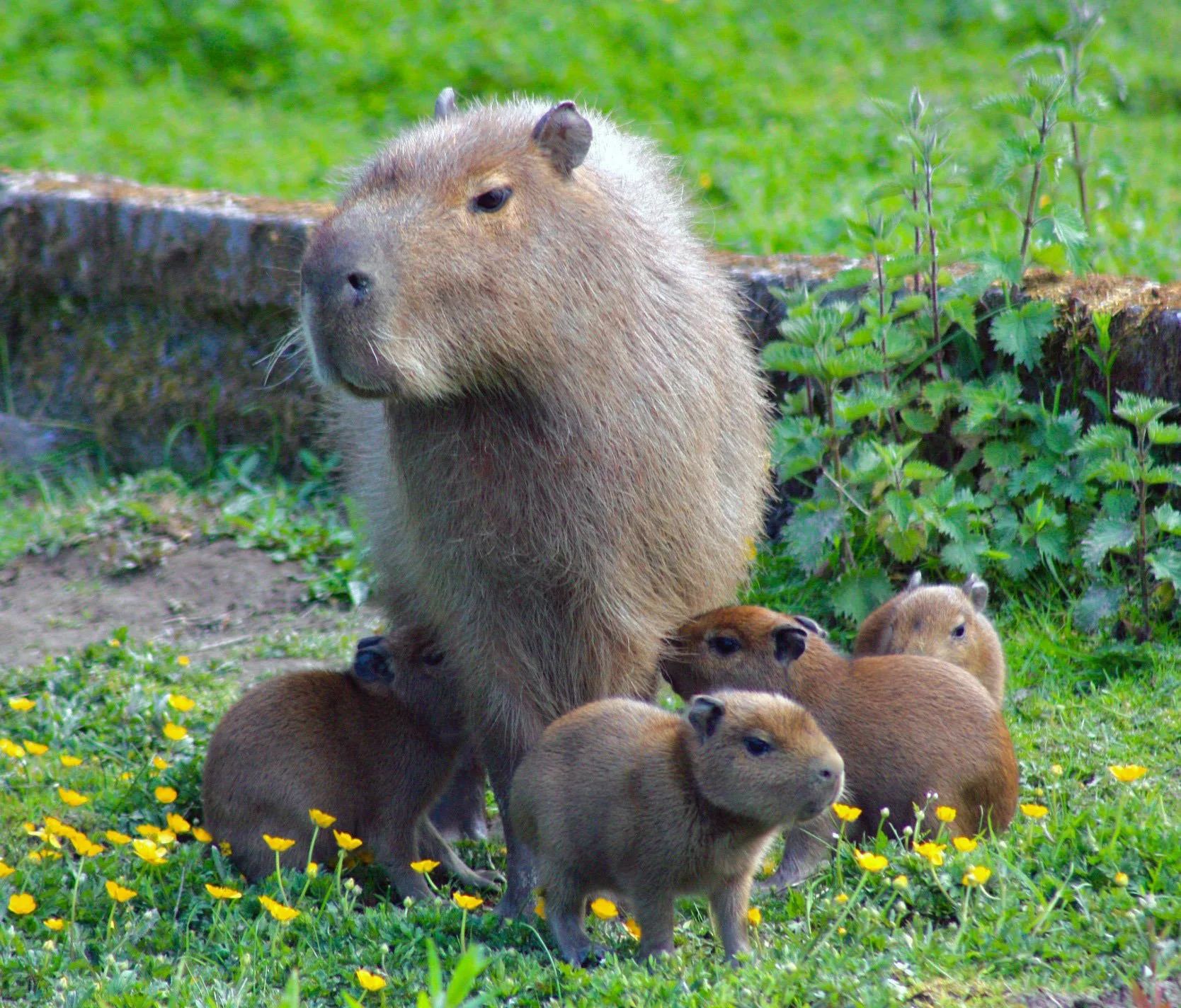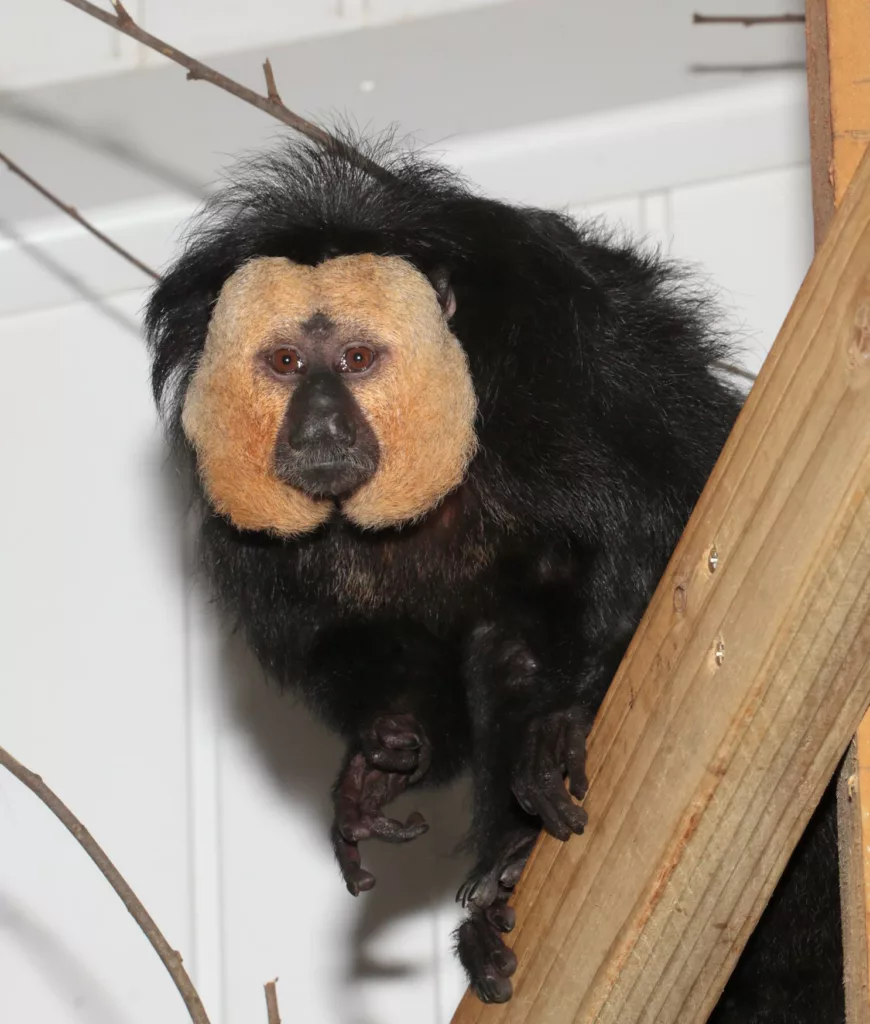
White-faced saki
Scientific name: Pithecia pithecia
IUCN listed as: Least Concern
Learn before you visit!
Here are some facts about the species – Discover what they eat, find out about their natural habitat, see what they like to do, and more… Set the reading style to suit you too, everyday speak or something aimed towards children.
Child-friendly
Everyday
Diet
White-Faced Sakis have an omnivorous diet that includes fruits, seeds, leaves, insects, and small animals. Their large canine teeth help them crack open hard seeds and nuts, making them efficient foragers. They prefer high-lipid foods and are known to travel long distances in search of their preferred food sources. This diverse diet helps them maintain their health and supports their active arboreal lifestyle. In captivity, their diet is supplemented with fruits, vegetables, and protein sources to mimic their natural intake.
White-Faced Sakis eat fruits, seeds, leaves, and insects. They have big teeth to crack open hard seeds. They travel far to find their favourite foods. In zoos, they eat fruits, vegetables, and insects.
Breeding
Breeding can occur year-round, with females giving birth to a single offspring after a gestation period of about 150-180 days. Both parents are involved in caring for the young, with males often carrying the infants. The infants are born fully furred and with open eyes, allowing them to cling to their parents immediately. This close parental care helps ensure high survival rates for the young. Juveniles stay with their parents for an extended period, learning essential survival skills.
These monkeys can have babies any time of the year. The mother has one baby, and both parents take care of it. The baby is born with fur and open eyes, so it can hold onto its parents right away. This helps the baby survive.
Habitat
White-Faced Sakis are native to the rainforests of South America, particularly in Brazil, French Guiana, Guyana, Suriname, and Venezuela. They inhabit the understory and lower canopy of the forest, rarely coming to the ground. These forests provide the necessary resources for foraging, nesting, and protection from predators. However, habitat destruction due to logging and agriculture poses significant threats. Conservation efforts focus on preserving these critical habitats to ensure the species’ long-term survival.
These monkeys live in the rainforests of South America. They stay in the trees and rarely come to the ground. Their homes are being cut down for farming and logging. Protecting their forests is important for their survival.
At the zoo
In zoos, White-Faced Sakis are housed in enclosures that replicate their natural rainforest habitat, providing ample climbing opportunities and diverse vegetation. Their diet in captivity includes a variety of fruits, vegetables, nuts, and insects to ensure they receive all necessary nutrients. Zoos play a crucial role in the conservation of these monkeys through breeding programs and educational initiatives. These efforts help raise awareness about their natural habitat and the threats they face in the wild. Breeding programs in zoos help maintain healthy populations and support genetic diversity.
In zoos, White-Faced Sakis live in places that look like their forest homes. They eat a mix of fruits, nuts, and insects. Zoos help protect these monkeys by breeding them and teaching people about them. This keeps their numbers healthy.
Behaviour
White-Faced Sakis are diurnal and arboreal, spending most of their time in the trees. They are social animals, often living in small family groups. Their strong hind legs allow them to make long leaps between trees, and they use vocalisations to communicate with each other. When threatened, they may puff up their bodies and use alarm calls to warn others. Their behaviour is well adapted to their forest environment, helping them evade predators and efficiently forage for food.
White-Faced Sakis are active during the day and live in small groups. They use their strong legs to jump between trees. They make sounds to talk to each other. When scared, they puff up and warn others with calls.
Fun facts
- Long Leaps: They can jump up to 10 metres between trees.
- Strong Teeth: Their big teeth help them crack hard seeds.
- Social Groups: They live in small family groups.
- Tree Dwellers: They spend almost all their time in trees.
- Vocal Warnings: They use alarm calls to warn each other of danger.
- Big Jumps: They can jump far between trees.
- Hard Seeds: Their teeth can break hard seeds.
- Family Life: They live with their families.
- Tree Life: They stay in trees most of the time.
- Alarm Calls: They warn each other when there’s danger.
More animals to discover at our zoo
Quick Links
Tickets & Prices
You can buy tickets for Exmoor Zoo securely online, as well as finding out more price options, discover offers, and more…
What’s on…
Exmoor Zoo hosts incredible Events all through the year. You can find out about what we’ve got in store here…
Routes & info
Like any great discovery, Exmoor Zoo can feel a little off the beaten path – but don’t worry – you can plan your journey with our recommended routes and other useful travel info.
